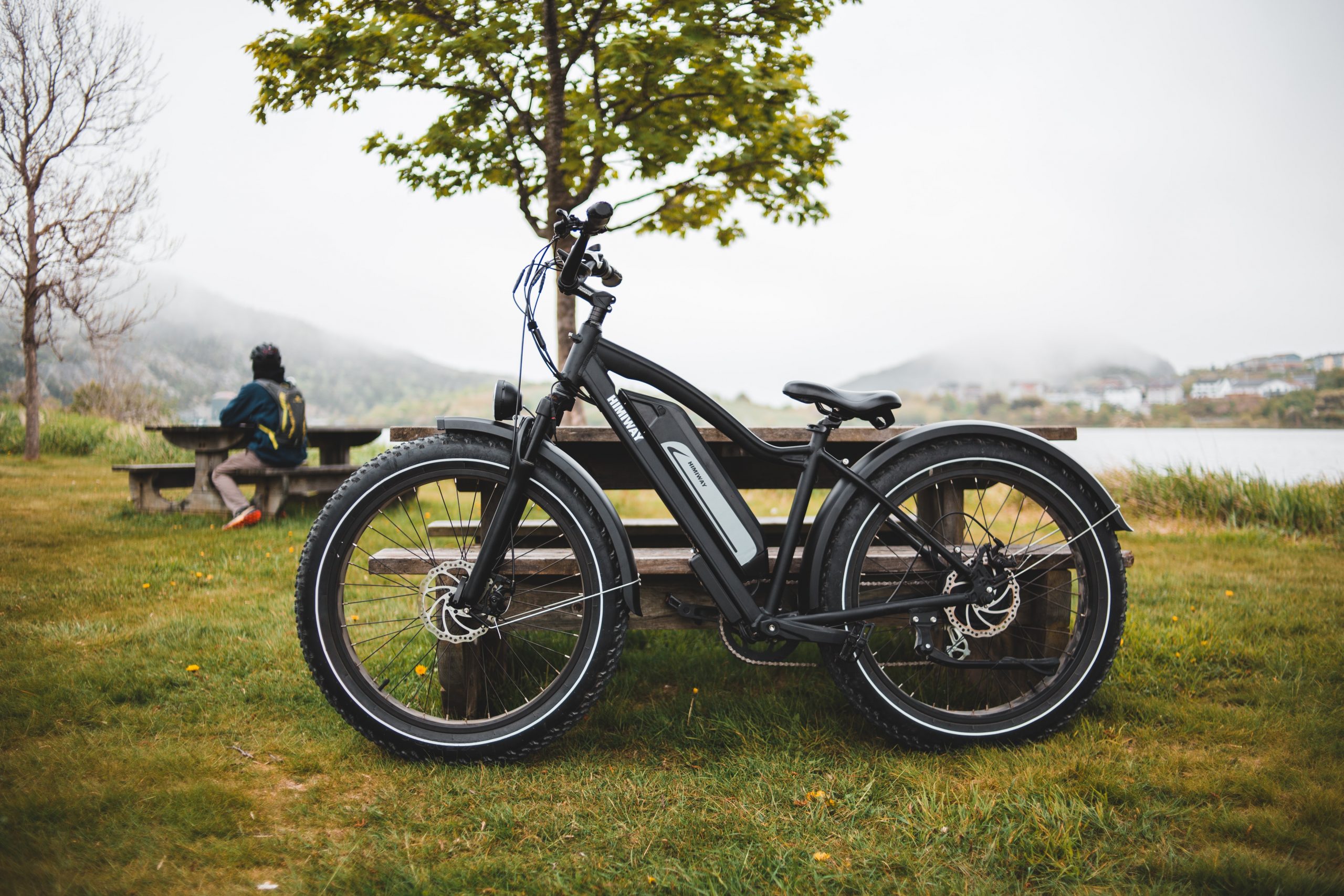Do you know how happy dogs seem when they stick their head out the car window? As adventurous animals, being able to experience different sights, sounds, and smells is what makes them feel happy and free. Similarly, cyclists often get a sense of excitement and freedom when riding bikes for pleasure. A feeling that can end with painful injuries if they are not careful and well-prepared.
Among the top priorities you should have when riding a bike is protective gear. All items have their own importance, but today we will be focusing on cycling gloves, the benefits associated with them, the various types, sizes, and the best way for you to find the right pair for yourself.
Do Cycling Gloves Really Make a Difference?
To put it simply, yes. Although wearing cycling gloves is optional, they can make a huge difference to the riders who choose to wear them. Some of the many cycling glove benefits you should consider are protection, comfort, and practicality. Read on to find out how each one is guaranteed when you wear cycling gloves.
Comfort and protection from unpleasant weather

When cycling during rainy or hot sunny days, the handlebar gets wet, and your hands tend to slip when holding it. This is where your cycling gloves come into play. They can absorb sweat and keep your hands dry when cycling, adding additional grip and control. Therefore you will always be able to maintain a safe grip and squeeze the brakes when necessary, regardless of the weather.
To absorb vibrations
A long ride without gloves can be painful, and the pressure of gripping a handlebar combined with cycling vibrations can lead to numbness and even carpal tunnel syndrome. This term refers to an injury caused by the extensive compression of a specific nerve in the wrist. Gloves usually have palm paddings that help reduce pressure, provide extra comfort, and absorb the vibrations passed through the bike and handlebar to the main contact points, thus simultaneously helping avoid carpal tunnel syndrome.
Protection from possible injuries
Imagine this: you are enjoying a nice ride in the mountains. The birds are chirping, the sun is shining, and your mountain bike is going smoothly through the rough terrain. Well, it was going smoothly at first. Suddenly, because of a rock or a downhill slope, you begin to fall off your bike. In case of a bike fall, it’s an instinct to use your hands to break the fall. By wearing cycling gloves, you will protect your skin from the potential nasty cuts that typically result in such falls.
In addition to the added protection from falls, by wearing gloves, you’ll also get more protection from the continuous friction that happens between your hands and the handlebars, as they can usually cause blisters and chafing.
Practical feature options
As a cyclist, you probably may also suffer from nose running and sweating while riding. An efficient way of dealing with this situation is to use cycling gloves. They usually come with a built-in nose wipe on the back of the hand, typically as a soft towel section on the thumb or forefinger, or sometimes even both, that you can use to wipe off the sweat from your face and the nasal mucus.
Types of Cycling Gloves
Some of the most common types of cycling gloves include cycling mitts, full-finger gloves, and winter gloves.
The cycling mitts’ traditional roadie style is perfect for summer as it is designed to be fingerless and light. These gloves provide additional protection and grip through the padding between the hands and handlebars.
An elevated take on the summer mitts is full-finger gloves. Similar to the previous style, these gloves are lightweight, offering protection through the extra finger coverage, perfect for autumn and winter days.
Winter gloves are designed to keep hands warm, dry, and well-insulated all winter long. They are generally heavier and more restrictive regarding the type of weather when you can use them.
Cycling Gloves Features
Although the exact features of cycling gloves differ depending on the type of glove you buy, some standard features that most gloves include are the following:
- Padding on the palm area
- Closure at the wrists
- A soft section on the thumb or forefinger
- Breathable fabric to transfer moisture
- Textured grips
How to Measure Cycling Gloves?

To determine your bike glove size, begin by using a tape measure to estimate the distance from the tip of your middle finger to your wrist. Then, open your hand and place the tape around your base knuckles, ensuring you do not include the thumb, then make a loose fist and measure the circumference of your palm.
If you do not have a tape measure at your disposal when measuring your cycling gloves size, a helpful tip would be to use a thread. Just like with the tape measure, place the thread around your base knuckles, mark where it begins and ends, and then use a ruler to determine its exact length.
Once you have your measurements, refer to a cycling glove size chart and see what size would be most suitable for you.
Cycling Gloves Size Chart
| Size | XS | S | M | L |
| The length from middle finger to wrist | 6.75 – 7.5 inches | 7.5 – 8.25 inches | 8.25 – 9.0 inches | 9.0 – 10.0 inches |
| Palm circumference | 5.1 inches | 5.3 inches | 5.5 inches | 5.7 inches |
Which Glove Is Right for Me?
The right glove for you is the one that fits you best in regards to the hand measurements and the requirements you have. Choose a type of glove that suits the kind of riding you intend to do and the kind of conditions associated with it. Consider the amount of breathability you need, the level of grip provided, warmth, and protection when making your choice. Then, in accordance with the brand you choose, pick the size you estimate to be the right one for you based on the size chart and measuring technique we provided for you.
With the right gloves, your cycling experience is about to be even more fun and much safer. Remember that your safety is in your hands. So use our guide to find a pair of gloves that fit…well, like a glove.




